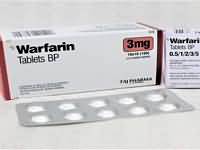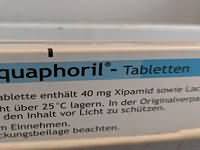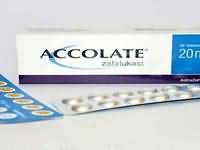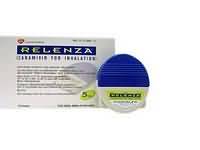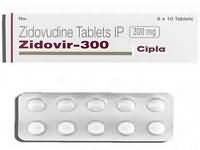Glibenclamide

Glibenclamide
CLINICAL USE
Non-insulin dependent diabetes mellitus
DOSE IN NORMAL RENAL FUNCTION
Initially 5 mg daily (elderly patients – 2.5 mg) adjusted according to response; maximum 15 mg daily
PHARMACOKINETICS
Molecular weight :494 %Protein binding :97 %Excreted unchanged in urine : <5 Volume of distribution (L/kg) :0.125half-life – normal/ESRD (hrs) :2.1–10/– DOSE IN RENAL IMPAIRMENT
GFR (mL/MIN)
20 to 50 : Initial dose of 1.25–2.5 mg once a day. Monitor closely 10 to 20 : Initial dose of 1.25–2.5 mg once a day. Monitor closely <10 : Initial dose of 1.25–2.5 mg once a day. Use cautiously, with continuous monitoring DOSE IN PATIENTS UNDERGOING RENAL REPLACEMENT THERAPIES
CAPD :Not dialysed. Dose as in GFR <10 mL/min HD :Low dialysability. Dose as in GFR <10 mL/minHDF/high flux :Unknown dialysability. Dose as in GFR <10 mL/minCAV/VVHD :Unknown dialysability. Dose as in GFR 10 to 20 mL/min IMPORTANT DRUG INTERACTIONS
Potentially hazardous interactions with other drugsAnalgesics: effects enhanced by NSAIDs Antibacterials: effects enhanced by chloramphenicol, sulphonamides, and trimethoprim; effects possibly enhanced by ciprofloxacin and norfloxacin; effect reduced by rifamycinsAnticoagulants: effect possibly enhanced by coumarins; also possibly changes to INR Antifungals: concentration increased by fluconazole and miconazole and possibly voriconazoleBosentan: increased risk of hepatoxicity – avoid concomitant useCiclosporin: may increase ciclosporin levelsSulfinpyrazone: enhanced effect of sulphonylureas ADMINISTRATION
Reconstition
– Route
Oral Rate of Administration
–Comments
Take with breakfast OTHER INFORMATION
Metabolites of glibenclamide are only weakly hypoglycaemic; this is not clinically relevant where renal and hepatic functions are normal. If creatinine clearance <10 : mL/min, accumulation of metabolite and unchanged drug in plasma may cause prolonged hypoglycaemiaCompany information states that use is contraindicated in severe renal impairmentCompensatory excretion via bile in faeces occurs in renal impairment.
See how to identify renal failure stages according to GFR calculation
See how to diagnose irreversible renal disease
Home



